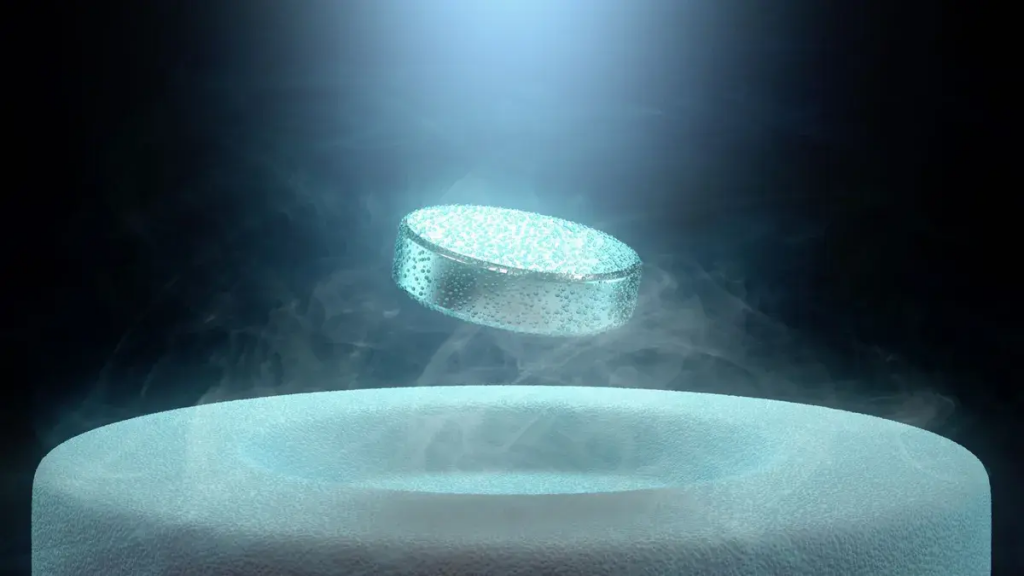In a groundbreaking development, a Chinese experimental team unveiled a remarkable social media video, claiming to have successfully synthesized the LK-99 crystal, which can be magnetically levitated.
Led by Professor Chang Haixin from Huazhong University of Science and Technology, the team’s achievement surpasses the levitation angle achieved by a previous South Korean study. The successful levitation experiment hints at the promising prospects of non-contact superconducting magnetic levitation.
However, the team acknowledges that they have only verified the Meissner effect, and the crystal’s superconducting properties remain questionable. While exhibiting diamagnetism, the LK-99 crystal’s superconducting capabilities appear minimal, lacking “zero resistance” and behavior akin to that of a semiconductor.
Previously, a research team from South Korea created a buzz in the scientific community with their claims of discovering the “world’s first room-temperature superconducting material.” The material, known as LK-99, is a modified perovskite crystal structure with copper doping, known as a type of lead phosphate.
Despite the initial enthusiasm, skepticism has arisen due to the lack of comprehensive experimental data supporting the superconductivity claims of LK-99. Various research teams worldwide are working diligently to synthesize the crystal and validate the experimental results.
Other researchers have also contributed to the conversation, with teams from Beihang University and the Shenyang National Research Center for Materials Science releasing their research findings. Theoretical calculations by researchers Sun Yan and Liu Peitao from the Institute of Metal Research, Chinese Academy of Sciences, show a possibility of room-temperature superconductivity using LK-99. However, these calculations do not serve as definitive proof.
In contrast, the Beihang University team tested synthesized LK-99 and found that its room-temperature resistance was not zero, and no magnetic levitation occurred. The material’s characteristics seemed more aligned with those of a semiconductor than a superconductor.
The potential of room-temperature superconductivity is immense, holding the promise of long-distance lossless power transmission and revolutionizing global infrastructure development in the electricity network. This breakthrough could lead to advancements in superconducting magnets, cables, and maglev trains, among other areas, as reported by various media outlets.

